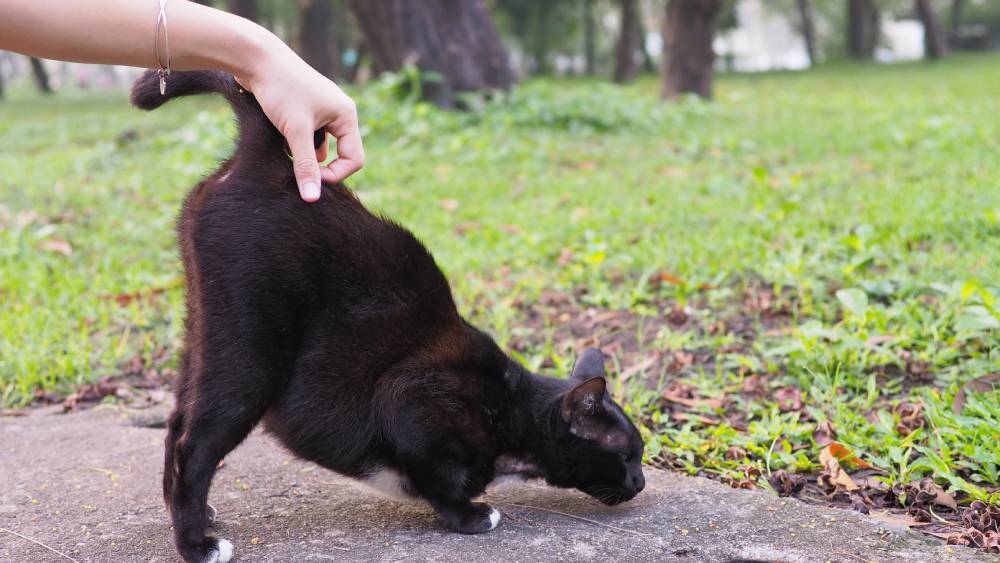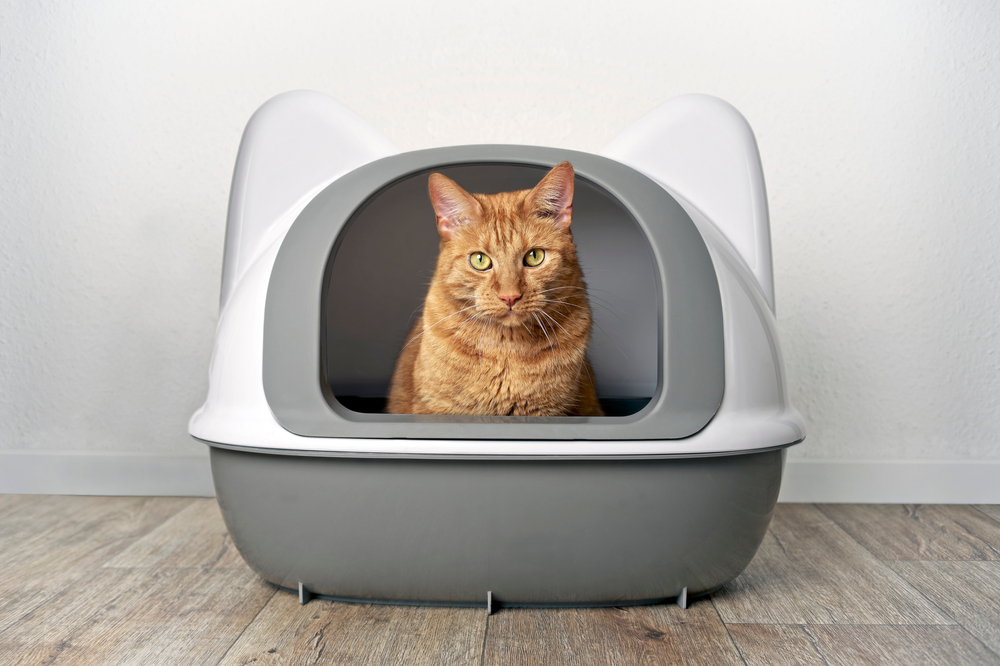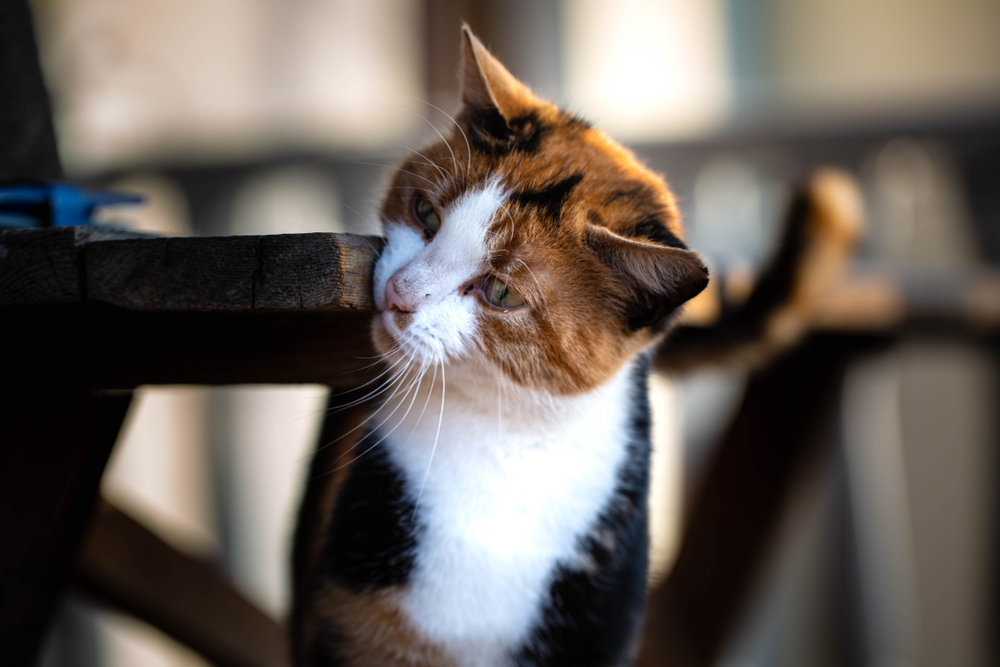If you already have a female cat at home and are considering adopting another cat, you may wonder how to make the transition as smooth as possible for your furry family member. Would your cat be happier with a male or female companion? Or does it make much of a difference? Many female cats get along well together.
After all, feral cat colonies are loosely-bound societies where several female cats live together and occasionally tolerate the presence of adult males. Male cats, particularly unneutered animals, are more likely to display territorial aggression than female kitties. It’s often more challenging to convince two unneutered (intact) adult male cats to live together peacefully than two females.
Cats that have spent most of their lives as solo pets often have problems adjusting to the presence of another animal in the home. Cats can get along just fine with some cats and intensely dislike others, making it difficult to predict how any given pet will react to the introduction of a new furry housemate.
 When Adopting a Second Cat
When Adopting a Second Cat
While some cats do well in multi-pet environments, not all enjoy the company of other animals. Older cats who’ve lived alone for long periods often don’t adapt well to the introduction of another pet. Cats dislike changes to their routines, and sharing one’s limited territory can be too much of an adjustment for some pets to handle.
Personality Differences
While there are steps you can take to ease the transition, some cats never accept new housemates, which can lead to two stressed-out and anxious pets. Think about your cat’s reaction to other animals to get an idea of how they may respond to introducing a new pet. If your cat regularly becomes scared or aggressive around other animals, they probably won’t respond well to having an unknown four-footer invade their space.

Previous Experience With Roommates
Cats that grow up with another feline friend often develop strong bonds with that animal. In fact, many cats deeply grieve the loss of a close feline companion. Cats who seemingly become lonely after the death of a companion sometimes enjoy the presence of a new pet. But remember that just because a cat has a positive relationship with one animal doesn’t mean they’ll get along comfortably with every cat.
Age Considerations
Age may be more important than gender when matching cats. An older, established female cat is more likely to accept a younger pet than one who challenges her authority. Older male cats, even unneutered ones, sometimes challenge younger female cats to the point of stress. But most neutered males are relatively calm and unlikely to become aggressive or overly territorial.
Young adult cats of either gender are often good choices if you have an older female cat at home. Healthy adult female cats are often okay with the playful presence of a kitten, but sick and older pets often grow tired of baby cat antics, which can lead to a tension-filled relationship.
Meet the cat you’re thinking of adopting before bringing them home. Spend some time observing them in an environment where they feel comfortable. Is the cat playful and outgoing or laid back and mellow? Select an animal whose temperament and personality match your pet’s to minimize the risk of tension.
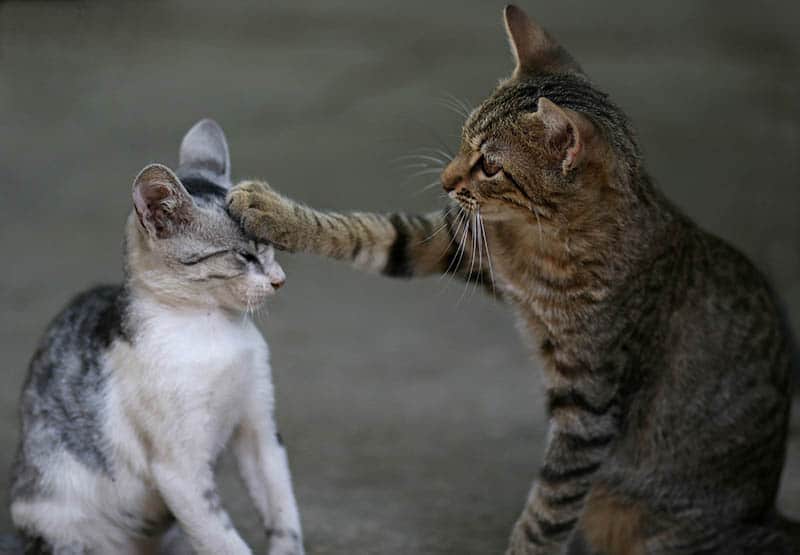

Tips for Introducing a New Cat
Even the most mellow and social cat can become stressed if introduced to a new housemate too quickly. Take the introductions slowly to increase the chances of a positive outcome. It is best to keep your new cat in a quarantine for at least two weeks before attempting to introduce them to your existing cat. This is because the new cat might be harboring an illness that they could pass to your existing pets if introduced physically.
The quarantine period lets you observe your new pet for signs of illness (remember that a move is stressful and a new pet may not handle it well) and seek appropriate veterinary care for them. Prepare a room for your new cat where they can eat, nap, and poop in peace for their quarantine.
During the quarantine period, all your new cat’s worldly possessions (bowls, toys, litter boxes, etc.) should not be shared with your existing cat’s, and vice versa. Cats should ideally be seen by a veterinarian shortly after adoption and then once again after their quarantine period finishes.
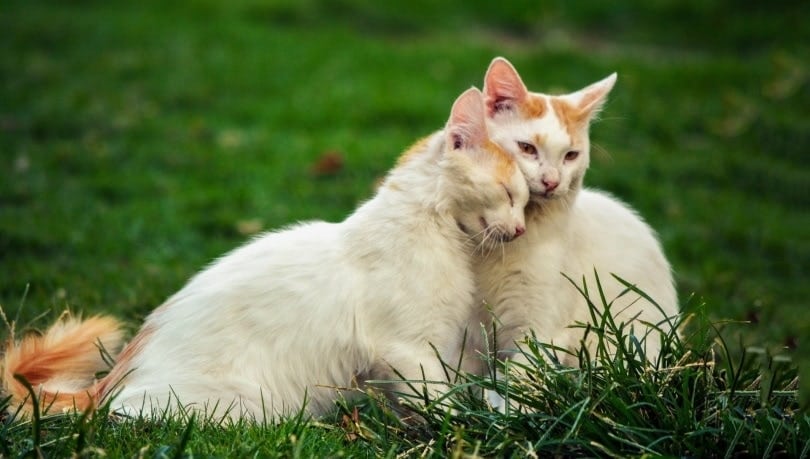
Using Scent
Cats understand the world through smell, so take every chance you have to expose the animals to the other’s scent. After the quarantine is over, consider adding a pillow or blanket to each pet’s bed and exchange it daily to allow each animal to get a good whiff of the other.
Exchanging bedding also allows the cats to develop a communal scent that will eventually be how they identify family members. Periodically allow each pet to spend time in the other’s area by themselves to give them a chance to become used to their new companion’s smell.
Coordinating Mealtimes
Some people recommend feeding your cats simultaneously but on opposite sides of a closed door to prevent conflict over food while promoting closeness. Cats generally enjoy mealtimes, so feeding your cats at the same time allows them to possibly associate something positive (food) with their new companion.
However, cats who are very skittish or territorial may not appreciate this proposition at all; nothing spoils mealtime knowing someone whose scent they don’t appreciate (in this case the other cat) is so close to them.
When you think your pets are ready, allow them to see but not come into contact with each other. Consider investing in a kitty pen that will enable you to keep the cats separate while permitting them to share the same space.
Supervise this limited contact at first and step in if you see any signs of anxiety or aggression in either animal. Stressed cats often have dilated pupils and puffed-up tails, often hiss, hide, and growl.

Introducing Pets Without a Barrier
Once the two appear to be getting along while separate, bring the two cats together in the same room without a barrier. Stay in the room and be prepared to step in if things go downhill. Once the cats reach peaceful socialization in your presence, give them a few minutes alone while you’re in a nearby room. Keep extending the time you allow the cats to interact until they’re comfortable with each other.
Make sure to give the process plenty of time. It can take anywhere from days to weeks for cats to become comfortable enough around each other to enjoy unsupervised contact. Forcing the issue or moving too quickly often backfires, so go slowly in the beginning and be willing to backtrack.
Conclusion
There’s no biological reason that two female cats can’t get along. Age and temperament tend to be more important than sex when it comes to pairing two female cats. But not all cats enjoy the presence of other kitties. However, you can take steps to increase the chance that things will go well, like keeping them separate initially and giving your pets plenty of time to get used to each other’s presence.
See Also:
- Do Cats And Bearded Dragons Get Along? Vet-Approved Facts
- Is It Better to Have Two Cats (or More)? Factors to Consider & Tips



